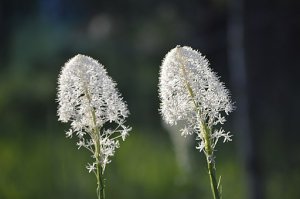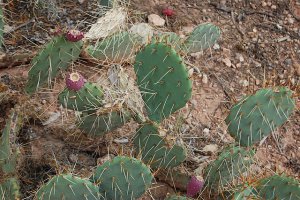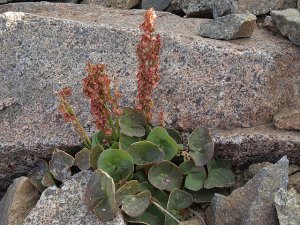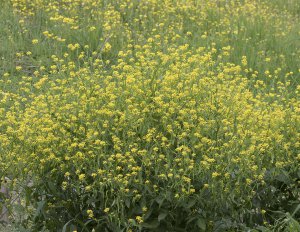
Bitterroot: The Bitter Expedition Plant
Introducing Bitterroot Lewisia rediviva is known commonly as Bitterroot, a plant that is a part of the Montiaceae family and that is native to western
A Basic skill of any survivalist, woodsman, naturalist, herbalist, apocalypticist, hobbyist or hunter. Being able to identify wild edible plants has an almost mystic image because throughout history this skill done correctly leads to life and incorrectly could lead to illness or death. This is one of the oldest and most respected skills worldwide. Foraging for wild edible plants has always been one of the foundations for mankind’s ability to survive and thrive in different climates.

Introducing Bitterroot Lewisia rediviva is known commonly as Bitterroot, a plant that is a part of the Montiaceae family and that is native to western

Intro to Arrowleaf Balsamroot Balsamorhiza sagittata, also known as arrowleaf balsamroot, is a flowering plant that is a member of the Aster (Asteraceae) family. This

Bear Grass (Xerophyllum Tenax) gets its name from the observations of bears eating the young fleshy stems and Grizzly bears using the leaves for their

The Opuntia Columbiana, also known as the Prickly Pear cactus, is a perennial plant that grows in northeast Oregon and eastern Washington. Other names the

Mountain sorrel (Oxyria digyna) is a common wild edible plant of the buckwheat family and can be found while foraging in arctic regions and mountainous

Wild mustard (Brassica rapa) is a wild herb of the mustard family that’s used widely across the globe, especially in the Pacific Northwest, as a